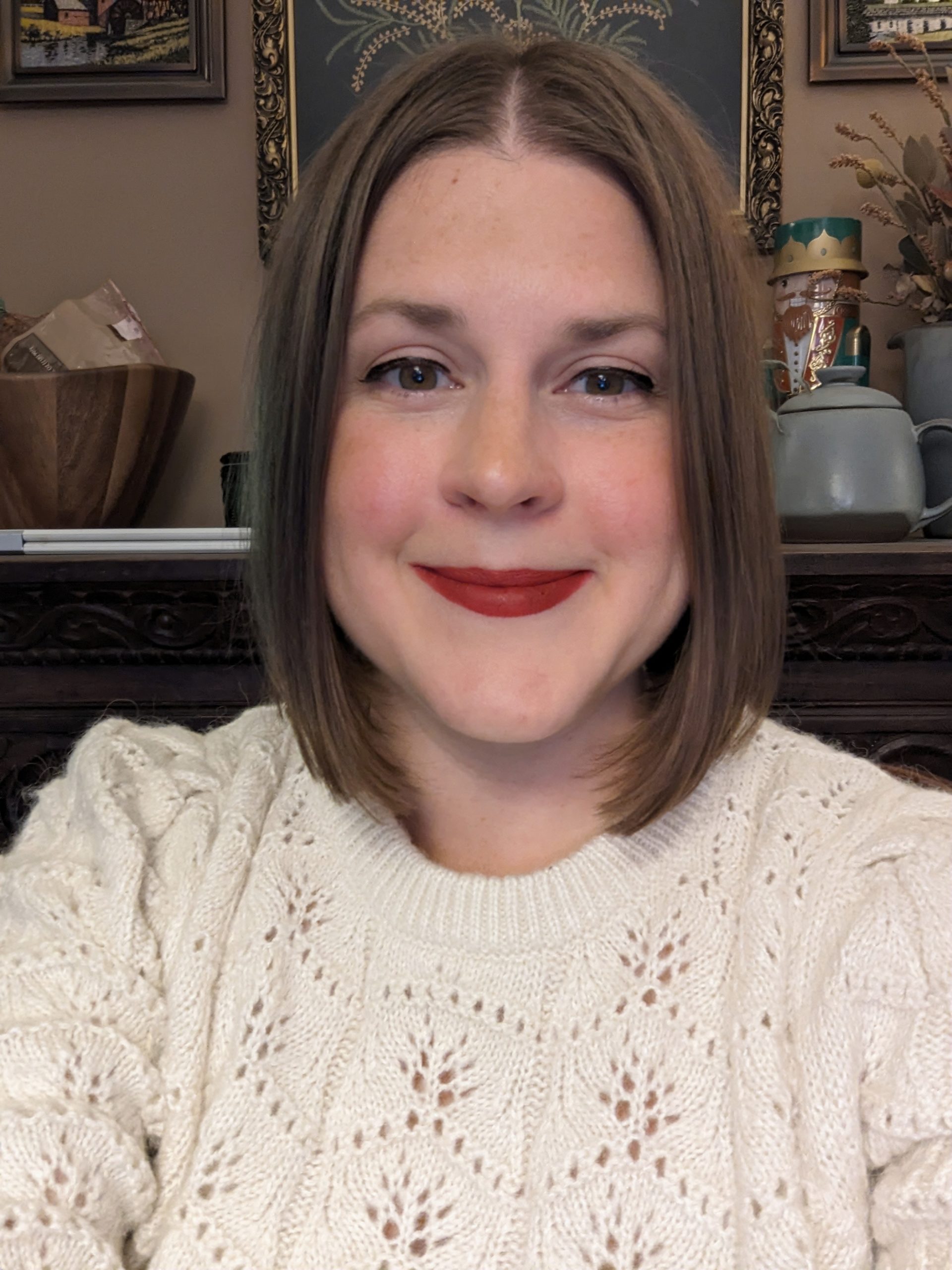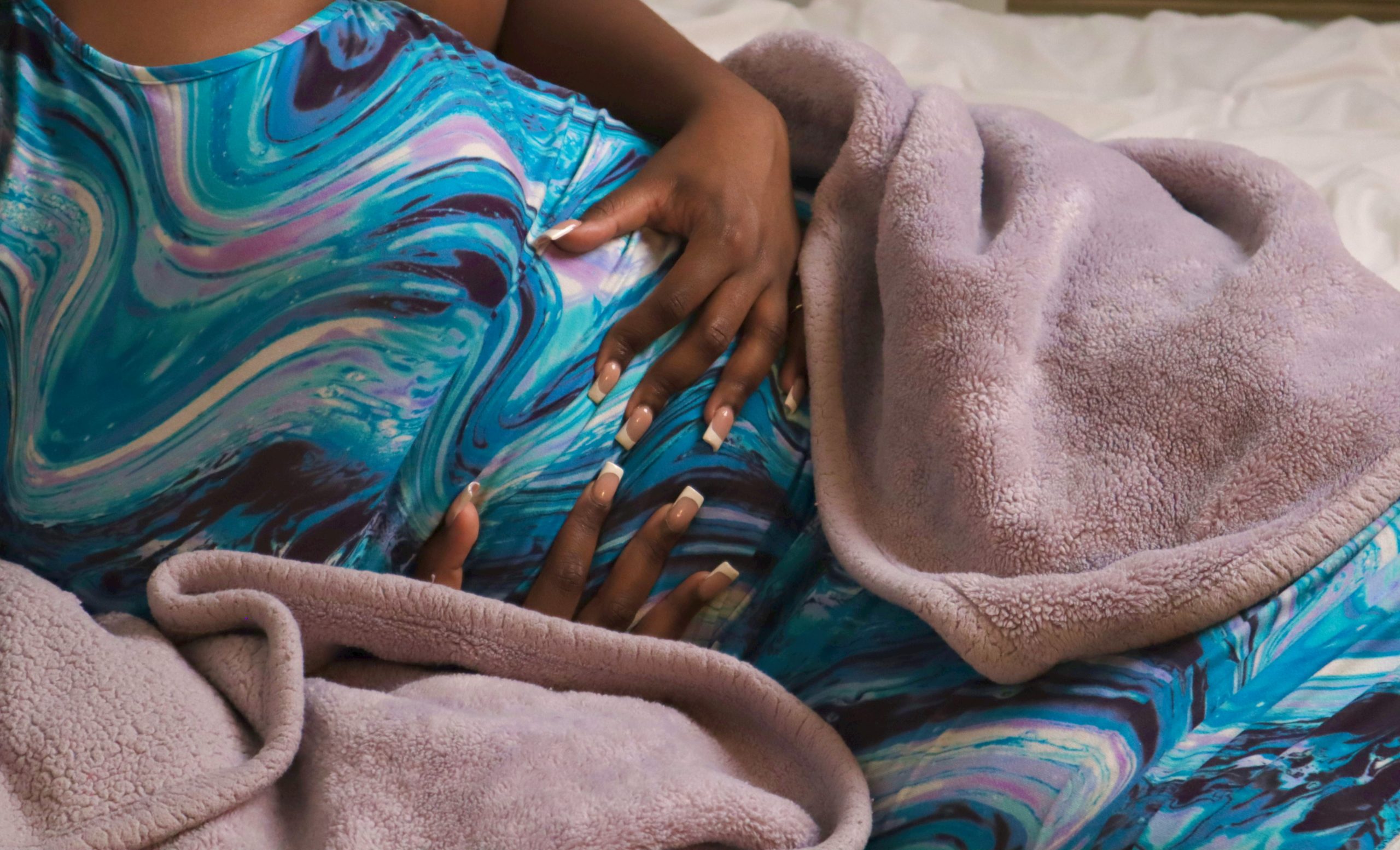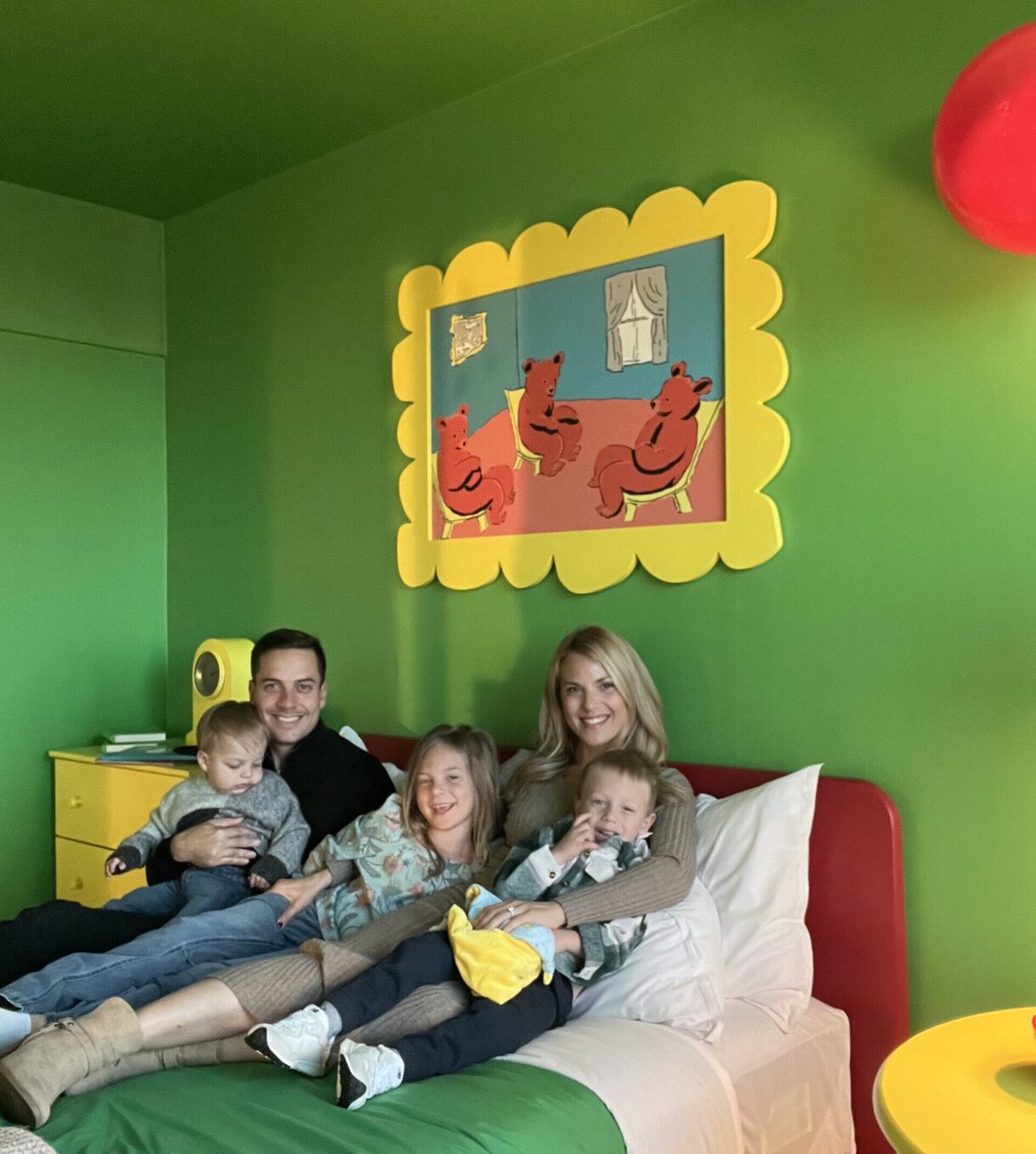I was scrolling through Instagram one night, when I came across a post by an account that so many parents follow: Big Little Feelings (BLF). But the topic was one that was unusual for the page, which is dedicated to helping parents navigate the emotional turbulence of raising little humans.
Instead of giving parents advice on taming meltdowns, the founder, Deena, shared her personal journey with endometriosis. It was on an episode of the BLF podcast, After Bedtime, that she got real and raw about the realities of living with this often-debilitating condition where pelvic tissue can grow outside of the uterus and into other parts of the body where it doesn’t belong. She detailed her symptoms, her pursuit to find answers from doctors, her surgery and recovery.
Like any other “Big Little Bestie,” I found myself captivated by her experience and then began to wonder if I, too, battled endometriosis. After all, the disease affects roughly one in 10 women, some 190 million individuals of reproductive age, per the World Health Organization (WHO). It causes severe pelvic pain, especially during one’s period, heavy bleeding, bloating, nausea, fatigue, depression and trouble getting pregnant.
Although I was able to get and stay pregnant, I, too, had experienced my own share of miserable period pain after the birth of my second child. The pain was most prevalent whenever I went to the bathroom. I would sit doubled over on the toilet. My body rejected tampons, so I began using “super” pads. I bled through these within an hour. I did not experience pain during sex, but I would experience dizzying bouts of nausea and fatigue, primarily in the first three to four days of menstruation.
I was always reassured that it was normal and par for the course for womanhood by doctors and nurses. But, after months and months of doubling over in searing pain during my time of the month, I decided to contact my OB/GYN to specifically ask if she thought my symptoms aligned with an endometriosis diagnosis.
I was both surprised—and not surprised—that my doctor agreed with this diagnosis. I was surprised because I expected the same response that I had heard before from her, other doctors and nurses—that periods, especially after childbirth, are “just more painful and heavier.” I was not surprised because I was the one who was actually dealing with the abnormal pain, monthly, so it was about damn time someone actually listened to me.
I got my period back around my second daughter’s first birthday, and it was with this period that I began dealing with severe menstrual pain. My medical team recommended I take 600 mg of ibuprofen every six hours. And that was that. Problem solved.
Right? Yeah, no.
I began to develop severe anxiety as the days led up to my next period. How would I be able to meet my children’s needs as a SAHM if I can’t get out of bed? How would I get grocery shopping and all my other errands done? How would I make meals for my family? What if something is REALLY wrong with me? What then?
I felt guilty for failing as a mother once a week every month because I couldn’t do anything but lie down. I feared every bathroom trip. I began waking up during the night to change my pad because I could feel myself leaking through my underwear and my pajama pants into our bed.
On top of the symptoms, I didn’t know anyone in my close friend circle who also dealt with endometriosis. It’s worth mentioning that an estimated 20 to 25 percent of women who have endo don’t even know they have it, so I’m sure I did know a friend or two who were experiencing the same condition unknowingly. I didn’t even know what it was really prior to listening to Deena’s story—so I just dealt with the pain, month after month, hoping my periods would eventually become less painful. Sadly, they didn’t.
I’m sure you’ve seen one of those categorical pain scales in a doctor’s office before—you know, the one—it’s a scale that starts with a smiley face (one) and leads to a frowny face (ten). Envision that chart. I would rank my pain level at a seven or eight every month during menstruation. It earned the deep frowny face emoji.
After I divulged this level of pain along with my other symptoms with my OB/GYN on a Telehealth call, she asked me a few more specific questions on when I felt the pain, was the pain felt outside of my period week, etc. And she then told me that she thought I was correct in my suspicions about developing endometriosis. Her diagnosis was as easy as that: a discussion about my symptoms. No bloodwork, physical exam or referral to a specialist.
Since my diagnosis, I’ve done my own fair share of research in order to learn more about the condition, how to curtail the pain and to discuss with my doctor my options for living with this disease for which there is no cure.
I was able to have two children, so I’m unsure if I had this condition before and/or if it would affect a future pregnancy. I likely developed it after the birth of my second child because I did not experience the symptoms prior. At this time, I am not planning on having more children, but I wonder how endometriosis might affect my future or if I’ll need laparoscopic surgery one day, like Deena from BLF.
I’m still exploring my options, maximizing ibuprofen dosage before and during my periods and going back on birth control are the two methods suggested for pain relief by my doctor. If my period pain is no longer manageable after implementing these two treatments, then my doctor and I will discuss surgery.
How, in the year 2024, are these my only options?
I don’t want to go back on birth control because I don’t want to deal with the side effects, so I’m left with my only “fix” being alleviating the pain with ibuprofen every month. I’m lucky that, so far, this method has helped tremendously, especially when I’m proactive and consistent with taking the medication before and during menstruation. For many women, this isn’t the case—and they live with this condition for years, decades—or a lifetime.
Women deserve to be heard—really heard—by doctors and nurses. This includes male and females alike. If a woman is complaining about period pain post-childbirth, perhaps a questionnaire or pain scale could be used in identifying or eliminating an endometriosis diagnosis, instead of glossing over and ignoring her complaints.
Having the diagnosis–the knowledge–has helped me move forward, explore my options and feel less anxious about the future. I wish that it hadn’t taken a year of pain before being heard.
Here’s the hard truth: dealing with pain is unpleasant. But dealing with pain without feeling heard or seen by medical professionals is outright offensive.
It’s time to flip the script, so that women get the medical help that they need and deserve.
Read more raw and real stories from moms at The Mother Chapter and follow us on instagram.
Author
-

Katrina is a wife and SAHM of two, living in the Blue Ridge Mountains of North Carolina. In her past life, she was a middle school English teacher in Austin, Texas and NYC. When she can carve out time to herself, she enjoys writing personal essays about parenthood and mental health, listening to podcasts and audiobooks, cooking nutritious meals for her family and dreaming about a life well-lived.
View all posts




